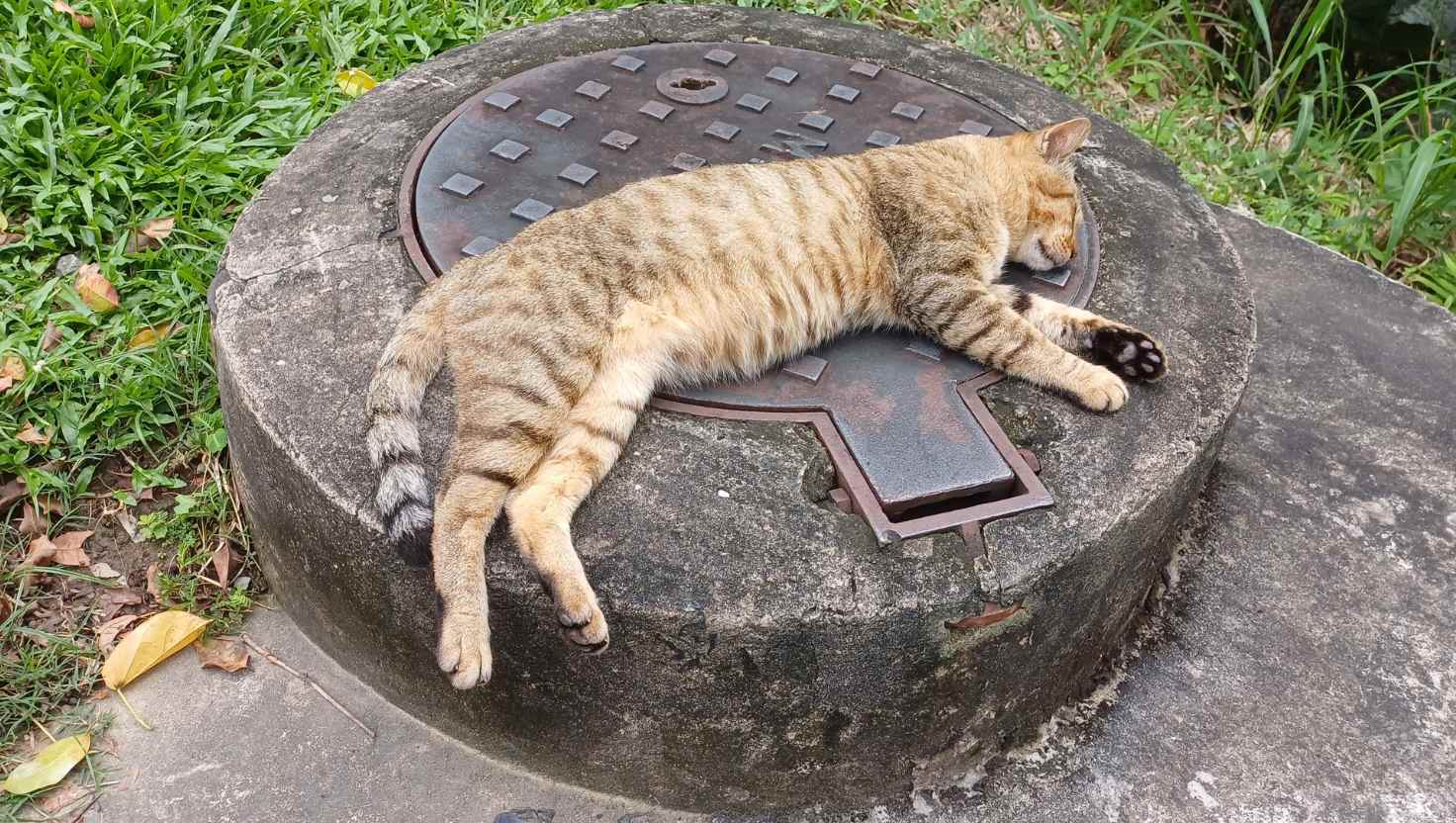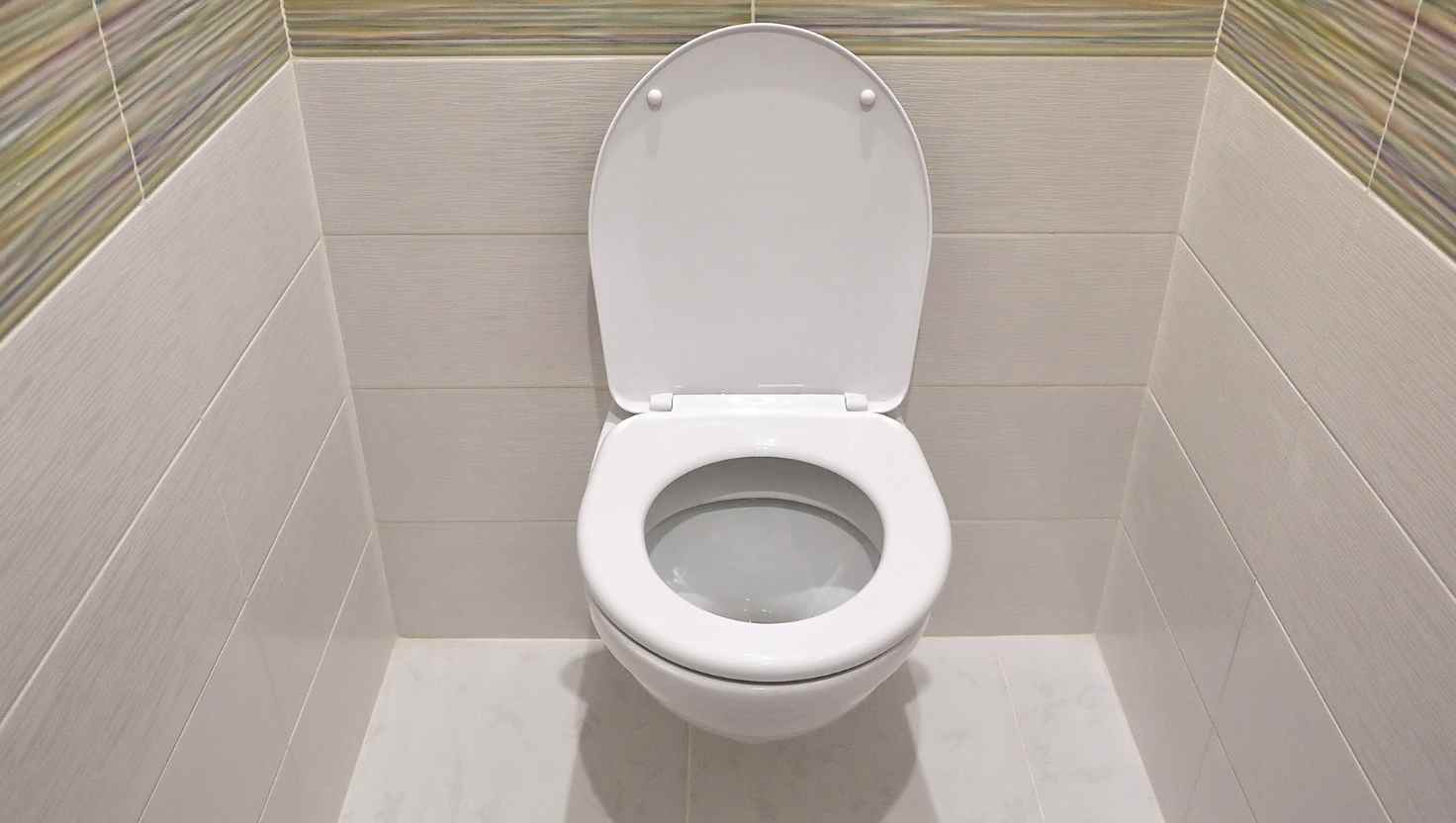Sewage exposure inside a home presents serious health and safety risks that require immediate attention. Whether caused by clogged pipes, damaged sewer lines, or natural flooding, sewage backups introduce harmful bacteria, viruses, and toxins into living spaces. Understanding the potential dangers and taking prompt action is crucial for protecting both your home and your health.
Understanding the Risks of Contaminated Water
When sewage enters a home, it brings with it a variety of dangerous contaminants. Wastewater often contains bacteria such as E. coli and Salmonella, along with viruses and parasites that can spread illnesses quickly.
Exposure to these pathogens can occur through direct skin contact, inhalation of airborne particles, or accidental ingestion of contaminated materials. Because of these risks, consulting with certifiedrestorationinc.com and other residential sewage cleanup and removal services is critical for ensuring proper cleanup and decontamination. Professional teams have the training, equipment, and protective gear needed to handle hazardous materials safely. Attempting to clean up sewage without the right expertise can lead to incomplete disinfection, lingering odors, and potential health complications for residents.
Immediate Health Effects of Sewage Exposure
The effects of sewage exposure can appear quickly for individuals with weakened immune systems, children, and older adults. Common symptoms include nausea, vomiting, skin rashes, headaches, and respiratory irritation. These reactions occur because pathogens in wastewater can irritate the skin, enter the body through small cuts, or spread through the air as tiny droplets.
Respiratory problems are particularly concerning. Mold and bacteria thrive in damp environments, and sewage-contaminated areas can become breeding grounds within hours. Breathing in these pollutants can trigger asthma attacks, allergies, and other respiratory conditions, making immediate cleanup important to prevent worsening health issues.
Long-Term Health Hazards to Consider
Beyond immediate symptoms, prolonged exposure to sewage-contaminated environments can have lasting health effects. Untreated wastewater can lead to the development of mold colonies inside walls, under floors, and in hidden spaces. Mold spores may circulate throughout the home, exacerbating respiratory illnesses and causing chronic fatigue or sinus infections.
Pathogens can linger on porous surfaces like wood, carpet, and drywall even after initial drying. If not fully removed or disinfected, these materials can harbor bacteria for extended periods, increasing the risk of recurrent infections and illness.
Structural Damage and Hidden Dangers
Sewage doesn’t just affect health, it can also compromise the structural integrity of a home. Contaminated water can seep into floors, walls, and foundations, weakening materials and promoting decay. This damage may lead to expensive repairs or dangerous conditions like sagging floors and unstable walls.
Electrical systems are vulnerable. When sewage enters basements or crawl spaces, it can affect wiring and outlets, creating fire hazards or electrical shocks if not properly addressed. Professional remediation ensures that both health and structural safety are restored.
Safe Cleanup Practices for Homeowners
While professional remediation is important for severe contamination, homeowners can take some immediate steps to minimize risk before help arrives. Wearing protective gloves, boots, and masks reduces direct exposure to pathogens. Avoiding contact with contaminated water and isolating affected areas by closing doors or using plastic sheeting can prevent cross-contamination.
It’s crucial not to use household fans to dry sewage-affected areas. This can spread airborne contaminants throughout the home. Instead, ventilation should be carefully managed, and contaminated items that cannot be disinfected, such as rugs, mattresses, or upholstered furniture, should be disposed of properly.
Preventing Future Sewage Backups
Once the immediate crisis is resolved, preventing future sewage incidents becomes the next priority. Regular plumbing inspections can identify blockages, deteriorating pipes, or tree root intrusions before they lead to major problems. Installing backflow prevention devices provides an extra layer of protection against municipal sewer line backups during heavy rainfall or flooding.
Proper disposal habits play a role. Avoid flushing items like wipes, paper towels, or grease down drains, as these can contribute to clogs and overflows. A combination of proactive maintenance and smart household practices can significantly reduce the likelihood of future sewage exposure.

When to Call the Professionals
Knowing when to seek expert help is important. Any sewage spill larger than a small localized backup requires professional cleanup, as pathogens can spread quickly through flooring, drywall, and ventilation systems. Specialists follow strict protocols for removal, disinfection, and drying, ensuring that all contaminants are eliminated and the home is safe to inhabit again.
Professional services can help with insurance claims by providing documentation of the cleanup process, reducing stress for homeowners during an already challenging time.
Sewage exposure in the home poses significant risks to health, structural integrity, and safety. Harmful bacteria, viruses, and mold can spread rapidly, making swift action crucial. Professional cleanup services ensure that all contaminants are removed effectively, protecting both residents and property.
By understanding the dangers, taking preventive measures, and knowing when to call in experts, homeowners can safeguard their households from the serious consequences of sewage contamination. Quick responses and professional intervention prevent illness and preserve the long-term value and safety of the home.




